New Mexico, a state known for its vast deserts and expansive skies, holds a mystery that has intrigued the world for decades: the Roswell UFO incident. This captivating phenomenon, often shrouded in whispers of extraterrestrial encounters, continues to spark debate and curiosity. What really happened in that small town in 1947? Was it truly an alien encounter, or is there a more earthly explanation? Join us as we explore the science behind this enigmatic event and unravel the layers that have made Roswell a focal point for UFO enthusiasts worldwide.
The Roswell Incident: A Brief Overview
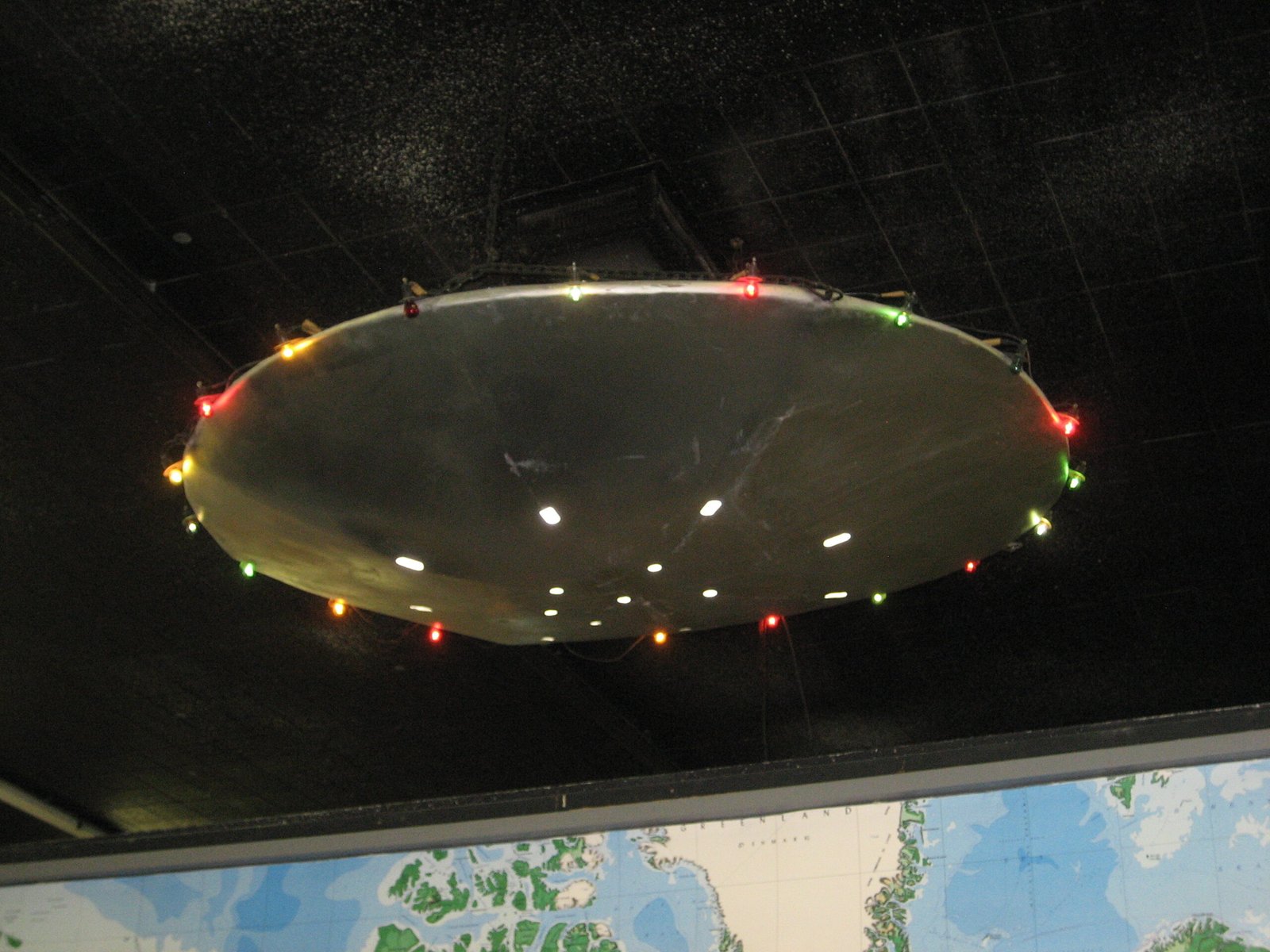
In July 1947, something extraordinary happened near Roswell, New Mexico. A mysterious object crashed on a ranch, leading to a series of events that would become legendary. Initially reported as a “flying disc,” the story quickly changed to a weather balloon. But the seeds of doubt had been planted, and many believed the government was hiding the truth. This event sparked a flurry of conspiracy theories and made Roswell synonymous with UFOs. The incident remains a cornerstone in the study of unidentified flying objects, drawing enthusiasts and skeptics alike to ponder its true nature.
The Role of the Media: Fact or Fiction?
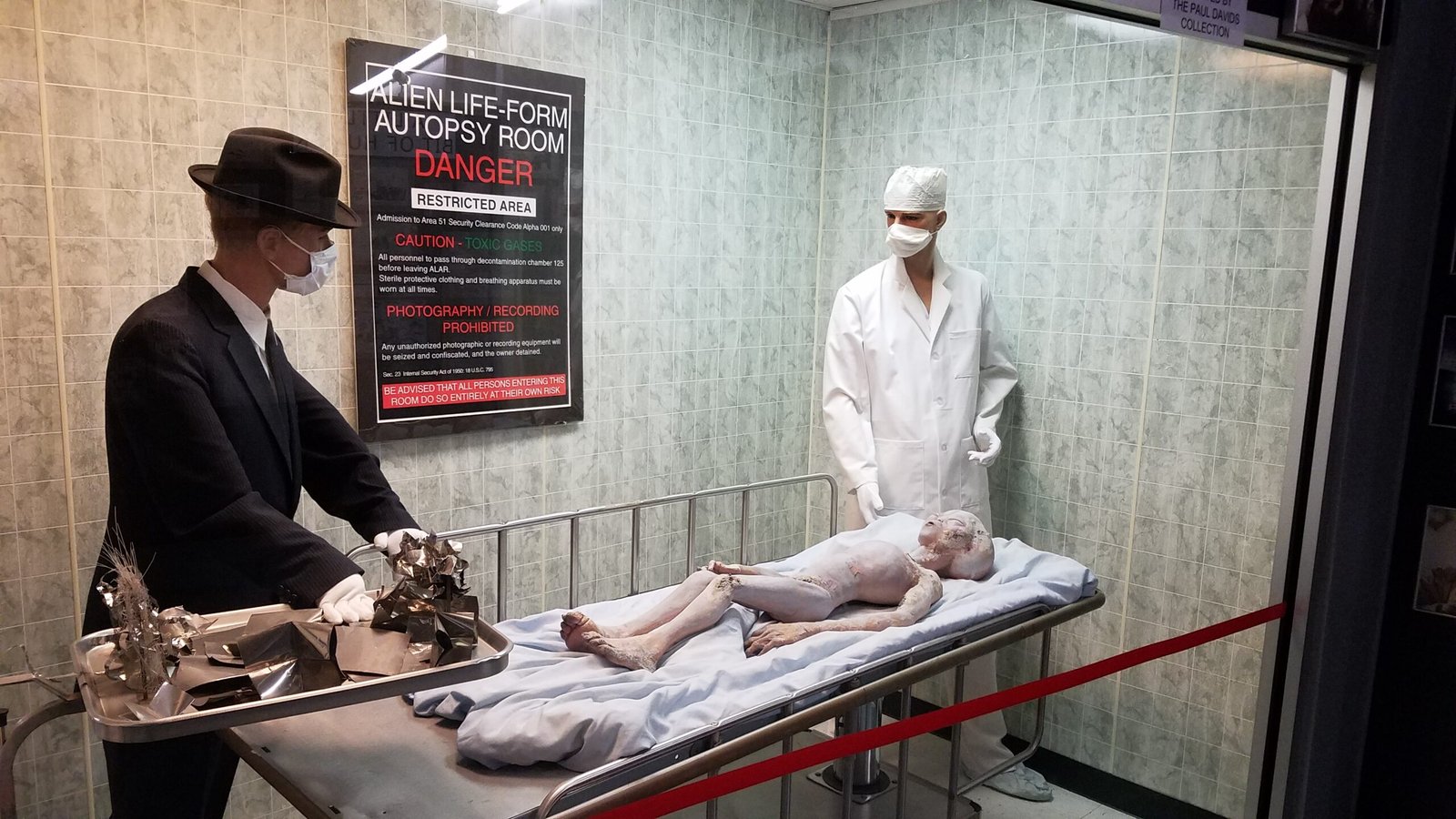
The media played a crucial role in shaping the Roswell narrative. Headlines declaring the recovery of a “flying saucer” created a sensation, capturing the public’s imagination. However, the story took a turn when the military retracted its statement, attributing the debris to a weather balloon. This retraction fueled suspicions of a cover-up, and the media frenzy only intensified. The incident highlights the power of media in influencing public perception, blurring the lines between fact and fiction. It serves as a reminder of how narratives can evolve, leaving a lasting impact on cultural consciousness.
Scientific Explanations: Weather Balloons and Beyond
The official explanation for the Roswell incident involved a weather balloon, part of a top-secret project called Mogul. This project aimed to detect Soviet nuclear tests using high-altitude balloons equipped with advanced sensors. The unusual materials found at the crash site, such as metallic foil and rubber, were consistent with this explanation. While some skeptics remain unconvinced, many scientists agree that the Project Mogul theory provides a plausible account for the debris. This scientific perspective underscores the importance of evidence-based reasoning in unraveling complex mysteries.
The Psychological Aspect: Why Do We Believe?
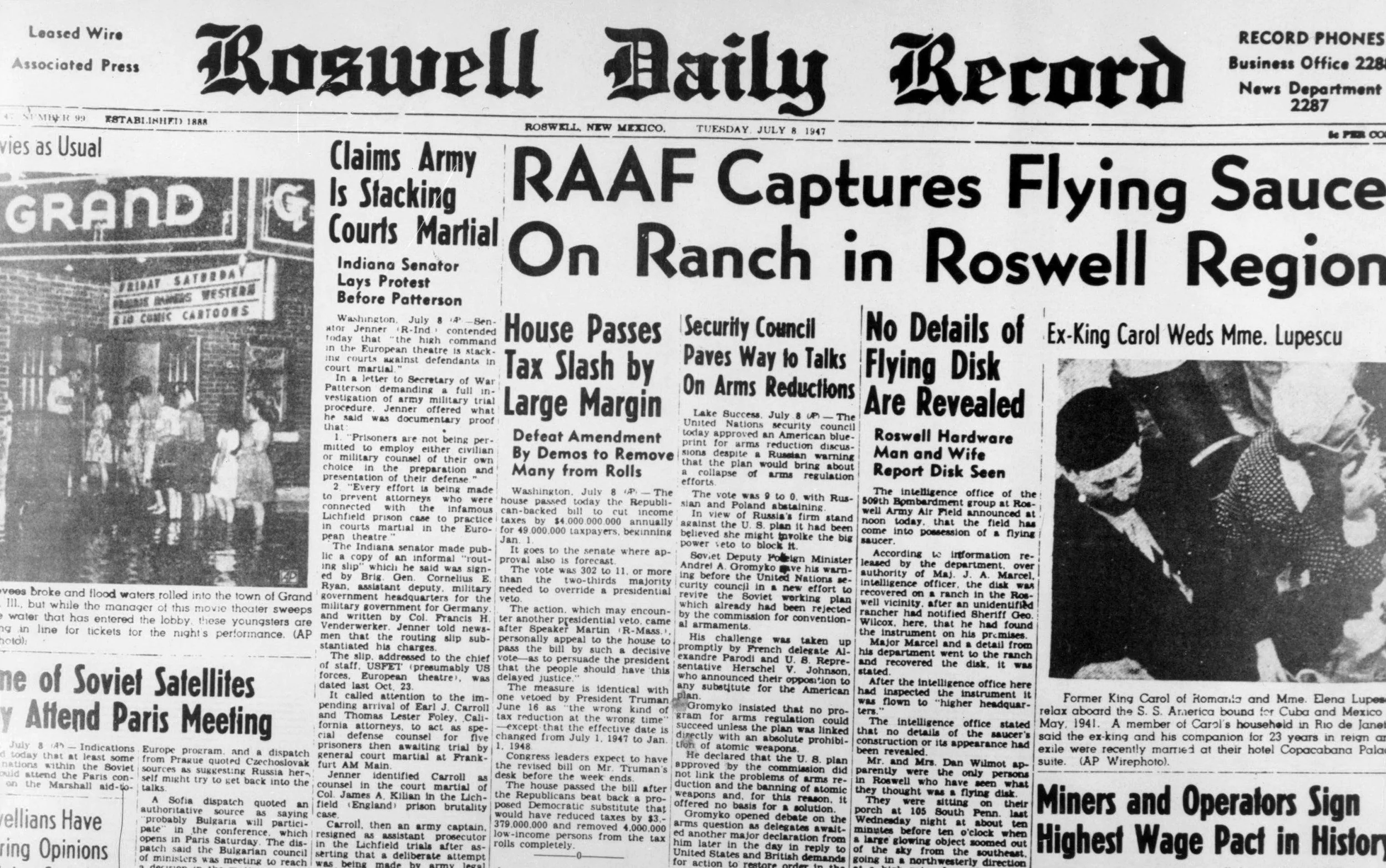
Human psychology plays a significant role in the allure of the Roswell incident. The desire to believe in extraterrestrial life is deeply rooted in our cultural psyche. Cognitive biases, such as pattern recognition and confirmation bias, can lead people to see connections and draw conclusions that align with their beliefs. The Roswell phenomenon taps into our fascination with the unknown and the possibility of life beyond Earth. Understanding these psychological factors helps explain why the incident continues to captivate and why narratives of alien encounters persist.
Roswell and Pop Culture: A Lasting Legacy
Roswell’s impact extends far beyond the realm of science and skepticism. It has become a cultural icon, inspiring countless books, movies, and television shows. The incident has fueled the imagination of storytellers, giving rise to a genre that explores the possibilities of alien life and government conspiracies. This cultural legacy keeps the Roswell mystery alive, ensuring its place in the annals of popular culture. The enduring fascination with Roswell reflects our collective curiosity and the human penchant for storytelling, bridging the gap between science and imagination.
Eyewitness Accounts: The Human Element
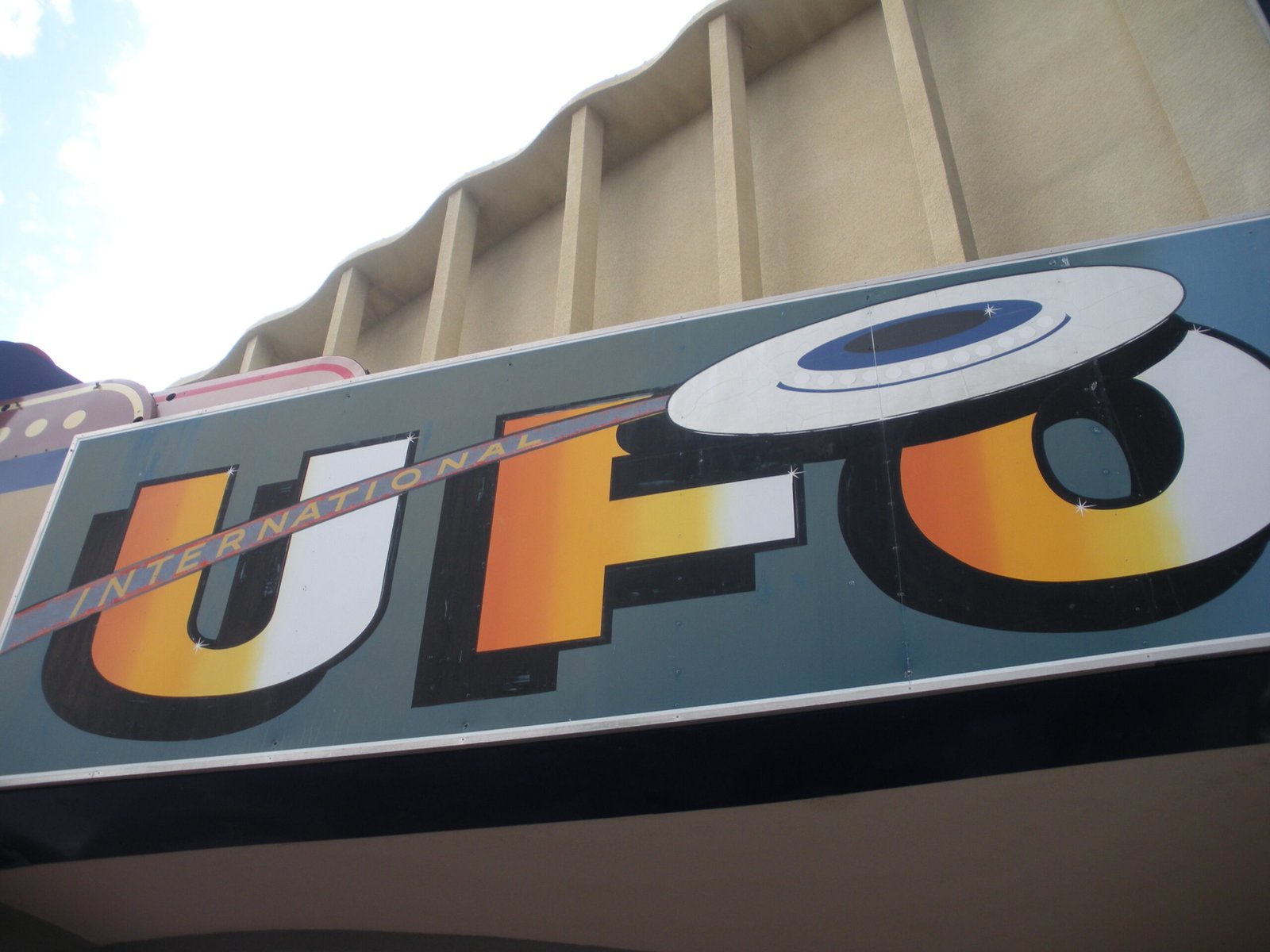
Eyewitnesses play a pivotal role in the Roswell narrative, adding a human dimension to the mystery. Many locals claim to have seen strange lights and unusual debris, lending credence to the belief in an extraterrestrial encounter. These accounts, while anecdotal, contribute to the intrigue and complexity of the incident. The human element adds depth to the story, reminding us that behind every mystery lies the personal experiences and perceptions of individuals. Eyewitness testimonials serve as powerful reminders of the diverse perspectives that shape our understanding of historical events.
Government Secrecy: Fuel for Conspiracy

The government’s handling of the Roswell incident has been a catalyst for conspiracy theories. The initial secrecy and subsequent retraction of statements have led many to suspect a cover-up. The classified nature of Project Mogul further fueled suspicions, as it involved sensitive military operations. This atmosphere of secrecy and mistrust has become fertile ground for speculation, with theories ranging from alien autopsies to clandestine experiments. The Roswell incident exemplifies how government actions, whether intentional or not, can spark public skepticism and foster a climate of conspiracy.
Modern Investigations: Unraveling the Truth
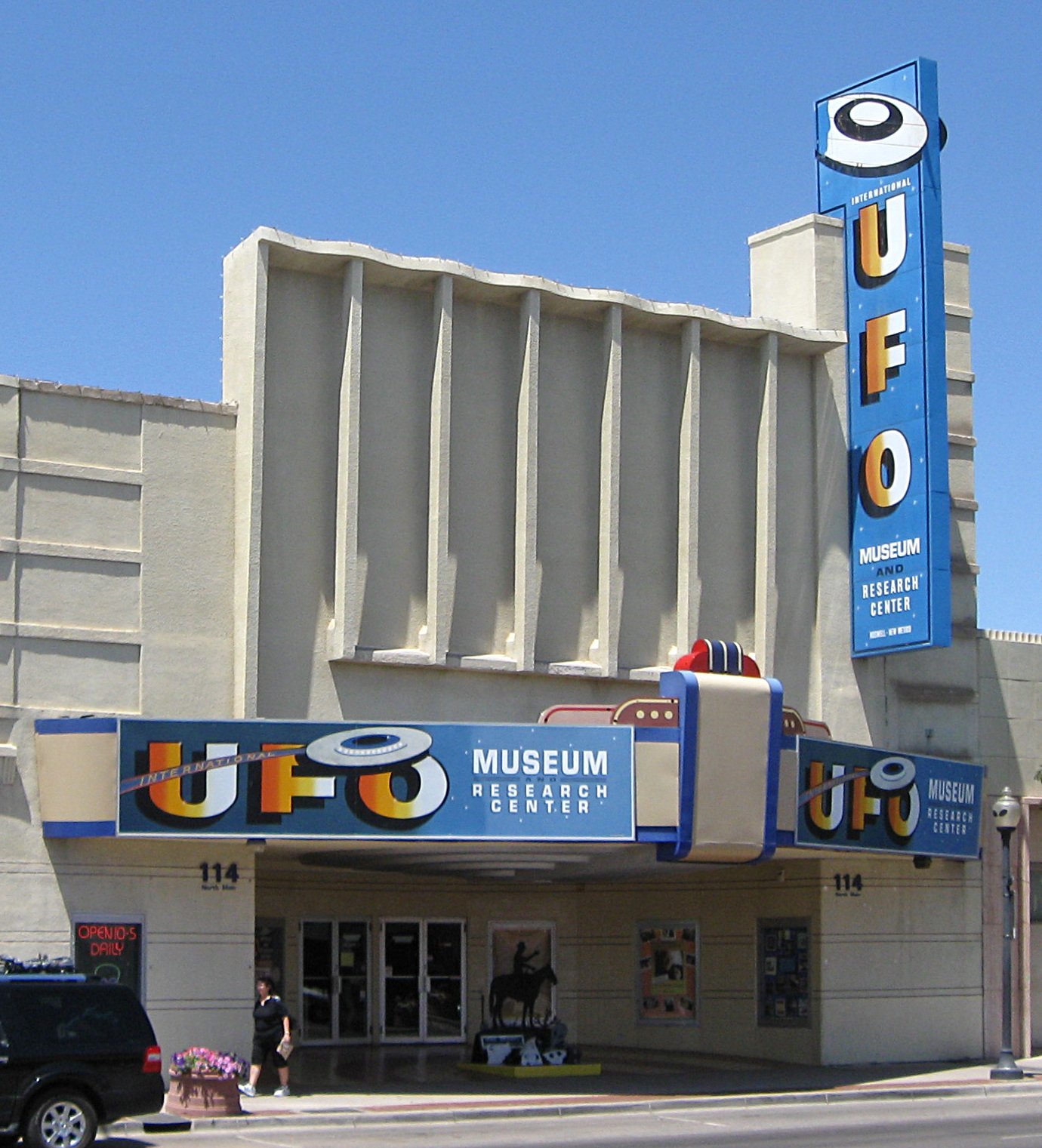
Despite decades of speculation, modern investigations continue to seek answers to the Roswell mystery. Advances in technology and forensic science offer new tools for examining the evidence. Researchers have revisited the incident, analyzing historical records and conducting interviews to piece together a coherent narrative. While some questions remain unanswered, these efforts highlight the importance of critical inquiry and the pursuit of truth. The ongoing investigations into Roswell serve as a testament to human curiosity and the enduring quest to solve one of history’s most enigmatic puzzles.
Extraterrestrial Life: Science or Science Fiction?

The Roswell incident raises broader questions about the existence of extraterrestrial life. While the scientific community remains cautious, the search for life beyond Earth continues. Projects like SETI (Search for Extraterrestrial Intelligence) and missions to Mars reflect humanity’s desire to explore the cosmos and find answers. The possibility of alien life, while speculative, is a tantalizing prospect that fuels our imagination and drives scientific exploration. Roswell serves as a symbol of this quest, bridging the gap between science and science fiction, and inspiring future generations to look to the stars.
Roswell Today: A Tourist Destination

Today, Roswell has embraced its identity as a hub for UFO enthusiasts and curious travelers. The town hosts an annual UFO Festival, attracting visitors from around the world. Museums and attractions dedicated to the incident offer insights into the mystery, blending history with entertainment. Roswell’s transformation into a tourist destination reflects the enduring allure of the unknown and the human fascination with mysteries. It stands as a testament to the power of storytelling and the impact of historical events on local culture and economy.
In conclusion, the Roswell UFO phenomenon is a multifaceted enigma that continues to captivate and intrigue. From scientific explanations to cultural influences, the incident offers a window into human curiosity and the quest for understanding. Whether seen as a tale of extraterrestrial encounters or a lesson in media influence, Roswell remains a symbol of the mysteries that lie beyond our comprehension.




